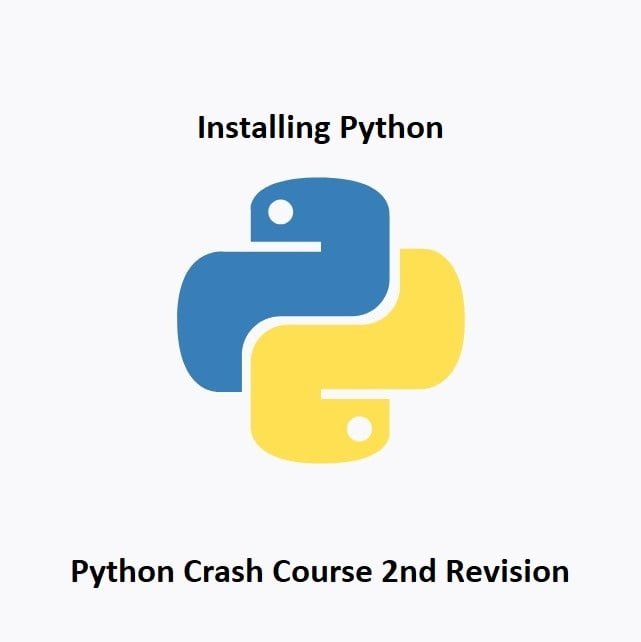
Efficient Iteration and Data Processing!
Welcome to the world of Golang! The range keyword in Go is a powerful construct for iterating over various data structures, facilitating concise and effective data processing. Understanding the capabilities of range is essential for efficient iteration and manipulation of data in Go programming. This guide navigates through the functionalities and applications of range, empowering you to utilize this versatile keyword effectively.
In Go the range keyword is used to iterate over elements in various data structures like arrays, slices, strings, maps, and channels. It’s a versatile construct that simplifies the process of looping and iterating through these structures.
The basic syntax for using the range keyword is:
for index, value := range collection {
// code to be executed for each iteration
}
In the example above, index represents the index or key of the current element, and value represents the value associated with that index/key in the collection being iterated over.
Let’s see how range can be used with different data structures:
Arrays and Slices
arr := [3]int{1, 2, 3}
for index, value := range arr {
fmt.Printf("Index: %d, Value: %d\n", index, value)
}
Strings
str := "hello"
for index, char := range str {
fmt.Printf("Index: %d, Char: %c\n", index, char)
}
Maps
m := map[string]int{"one": 1, "two": 2, "three": 3}
for key, value := range m {
fmt.Printf("Key: %s, Value: %d\n", key, value)
}
Channels (for communication between goroutines):
ch := make(chan int)
go func() {
for i := 0; i < 5; i++ {
ch <- i
}
close(ch)
}()
for value := range ch {
fmt.Println("Received:", value)
}
Remember that if you’re not interested in the index/key or the value, you can use the _ (underscore) symbol to ignore the respective variable.
For example:
for _, value := range collection {
// code to be executed for each iteration
}
Conclusion
The range keyword in Go simplifies the process of iterating over various data structures, allowing for concise and expressive code. Mastery of range operations and best practices equips Go developers with the tools to efficiently iterate and process data in their applications.
That’s All Folks!
You can find all of our Golang guides here: A Comprehensive Guide to Golang





